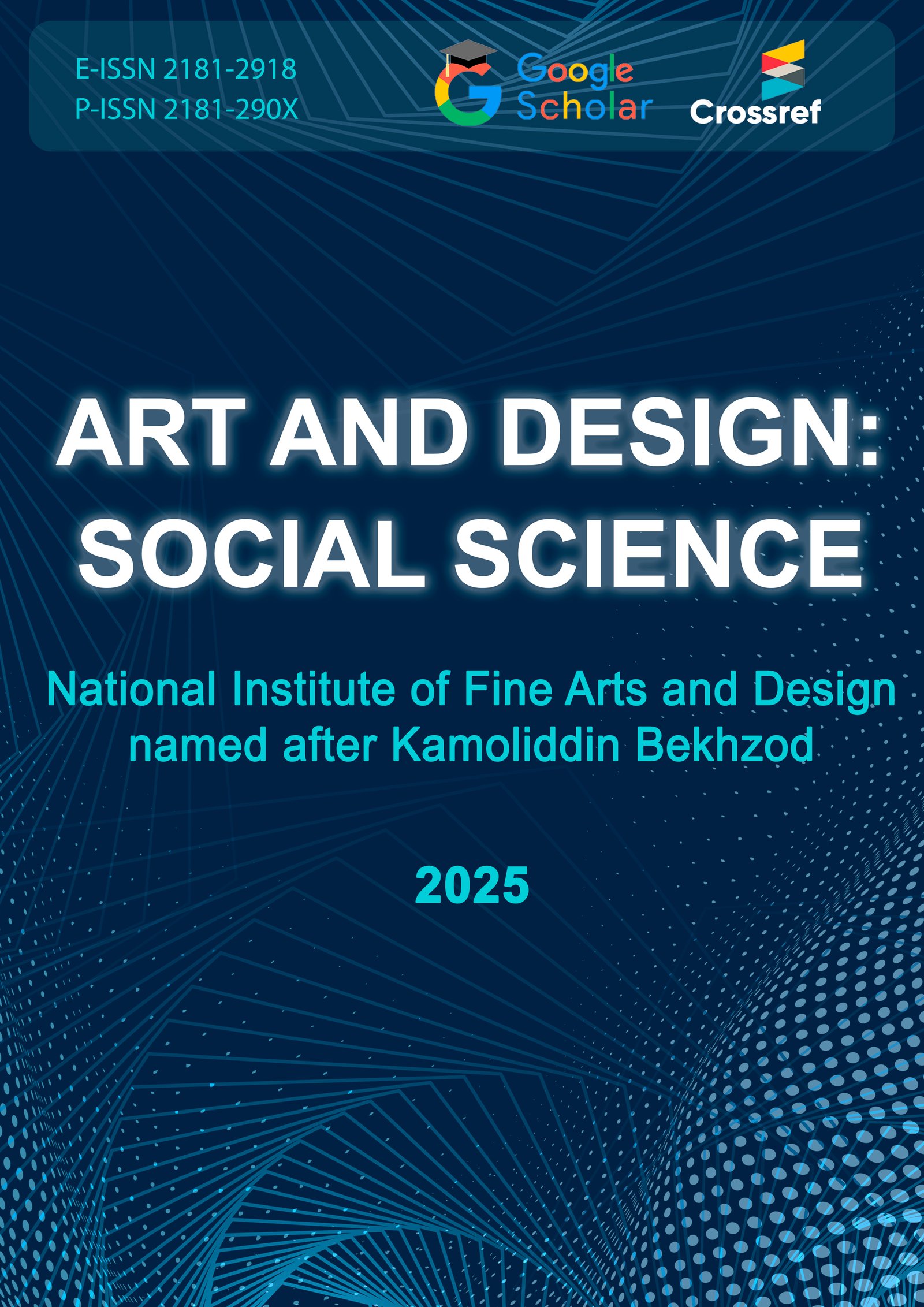BETWEEN EAST AND WEST: RECEPTION OF ARTISTIC TRADITIONS IN UZBEK PAINTING, 1970S–1980S
Abstract
This article examines how Eastern and Western artistic traditions were received in Uzbek painting of the 1970s–1980s through the case of Javlon Umarbekov. It traces the formation of a new artistic idiom in which Eastern miniature and the heritage of Central Asian cultures intersect with Western modernist currents. The argument is that reception functioned as a structuring principle of cultural dialogue, as demonstrated through close readings of key works.
Keywords
Uzbek painting; Javlon Umarbekov; reception; Eastern miniature; modernism; cultural dialogue.How to Cite
References
Morozov, A.I. Artistic explorations of Soviet painting in the 1970s. Soviet Art Studies, 1977, no. 5, pp. 5–20.
Kamensky, A.A. The problem of traditions in Soviet art of the 1970s. Tvorchestvo (Creativity), 1978, no. 6, pp. 200–205.
Yagodovskaya, A.T. The Development Paths of National Schools of Painting in the Republics of the USSR. Moscow: Iskusstvo, 1980.
Yakimovich, A. Dialogue of cultures in contemporary art. Questions of Art Studies, 1982, no. 2, pp. 100–115.
Bakhtin, M.M. Aesthetics of Verbal Creativity. Moscow: Iskusstvo, 1986.
Kristeva, J. Semiotics: Research on Semanalysis. Moscow: Progress, 2004.
Gadamer, H.-G. Truth and Method. Moscow: Progress, 1988.
Akhmedova, N.R. Art of Uzbekistan in the 1960s–1980s. Doctor of Art History dissertation. Tashkent, 1995.





 Art and Design: Social Science
Art and Design: Social Science